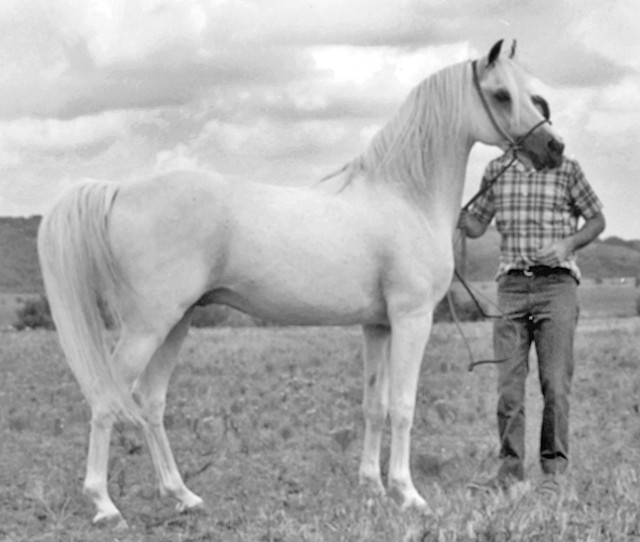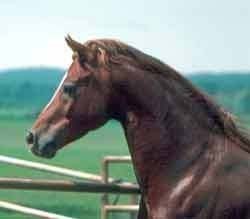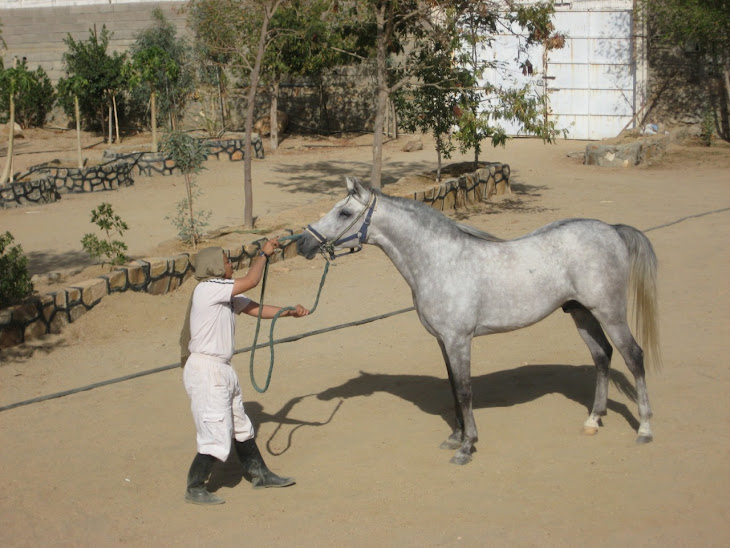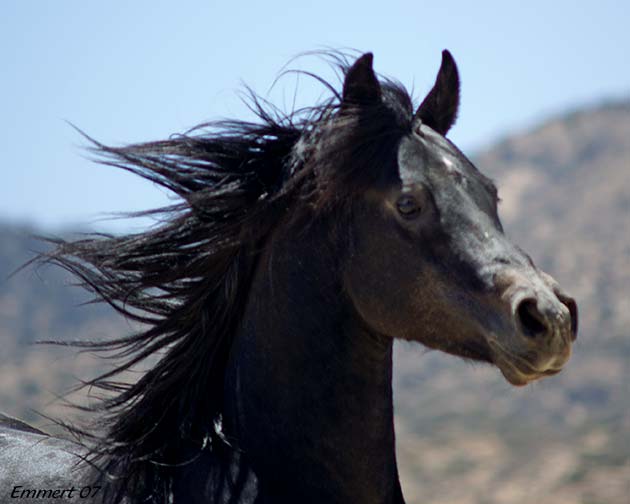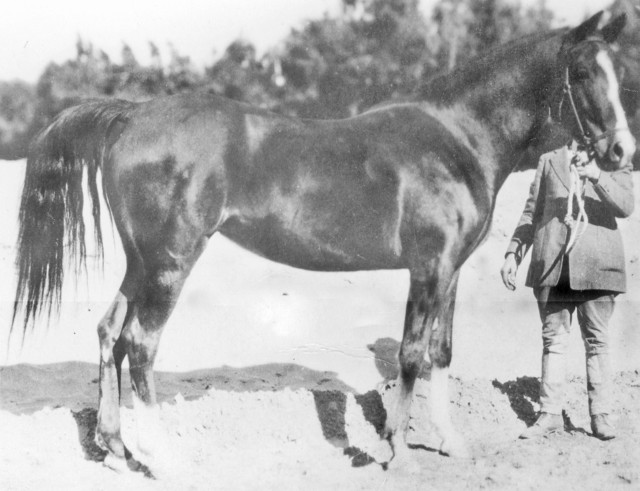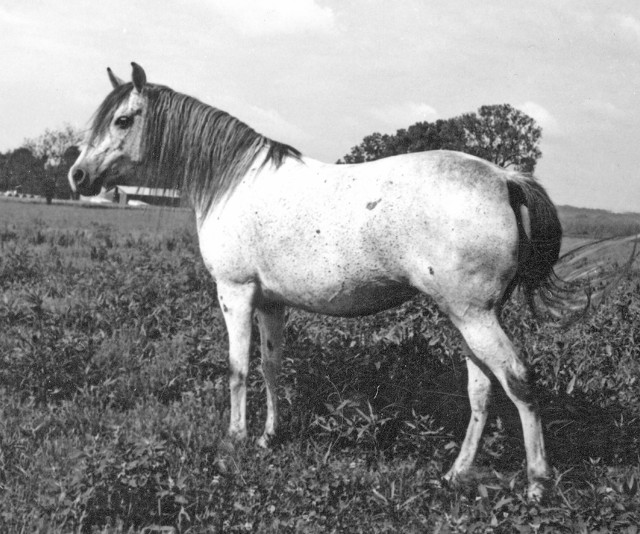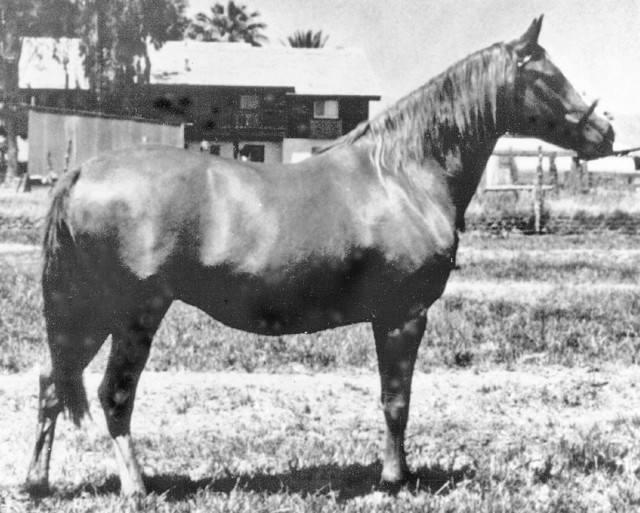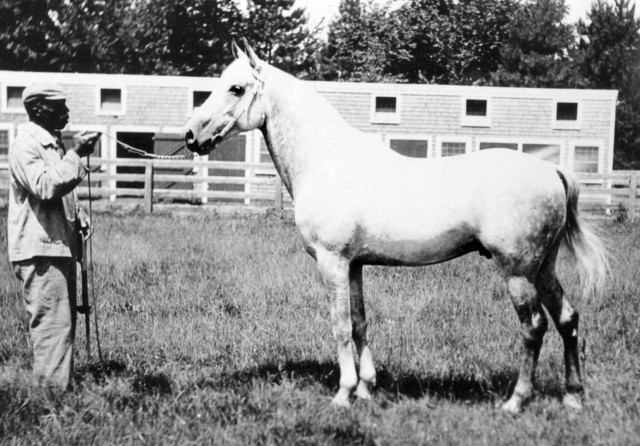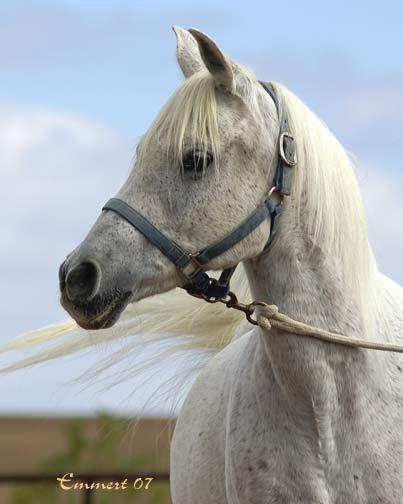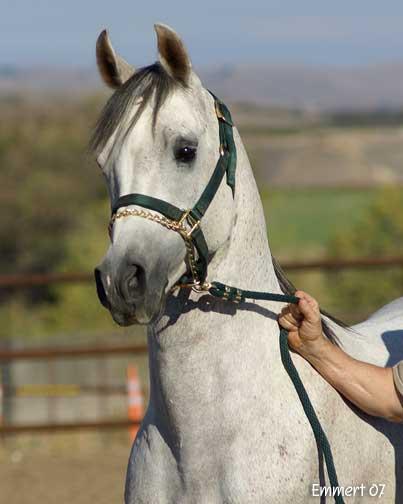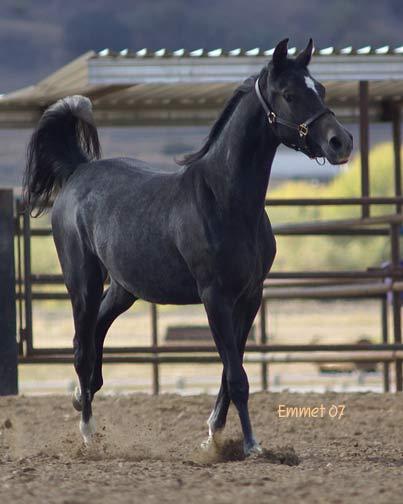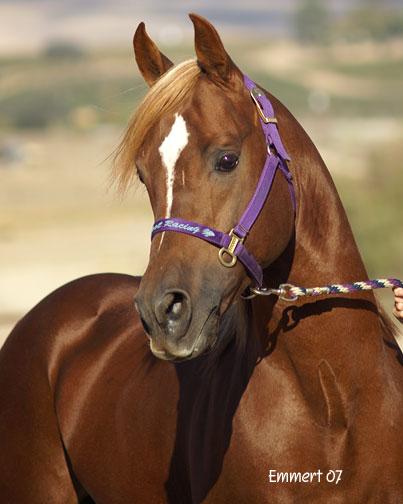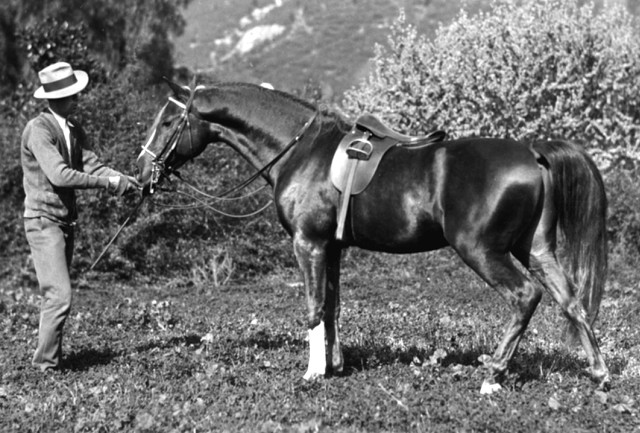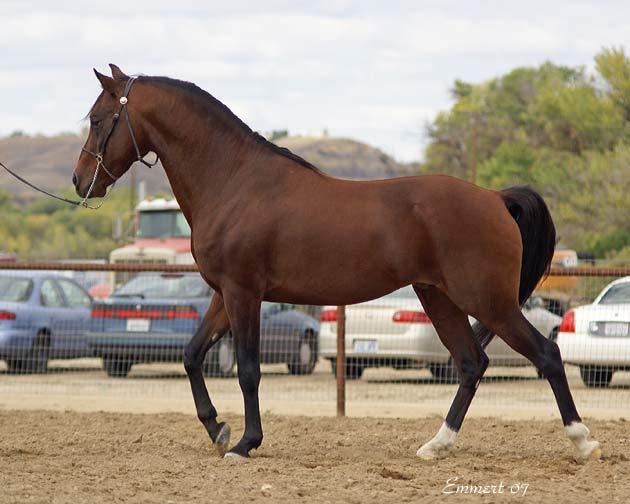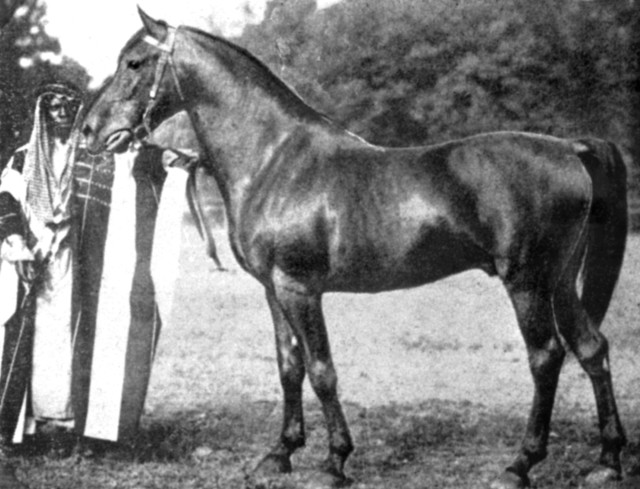Click on country of interest
We are a Bedouin traditional family that follow our Bedu and Berber way of breeding only true Asil horses.

Horse of the desert
The Bedouin lives by tradition. His own genealogy and that of his horse is handed down from father to son and is one of the few topics conversation during the hours devoted by Europeans to reading and writing. Pure breeding has become incorporated as one of his laws of existence and joined with his pride of race, clannishness, poetry of soul, fatalism, and independence, has enabled him for many centuries not only to keep intact but to improve by consistent, intelligent selection and favorable environment a specialized breed of horses, useful and enduring, proponent and improving, and superior to all other breeds in the world to which they have been introduced.
From the book "Horse of the Desert" by W.R. Brown, New York, 1929
In Search of Syria's Arabian Horses
If you are interested to know more about Syrian Arabian horses you can get the book " Desert Legacy " In Search of Syria's Arabian Horses" by Jens Sannek, Bernd Loewenherz. A German/English edition, published 1997, 52 pages in English of total 160pp, 152 color photos and 9 black & white photos.

Syria is the best place in the whole world to purchase true Arabian blood horses. Pure Arabian horse is a horse registered in any of the purebred Arabian registries of the world, or a Bedouin bred or desert bred, the desert being that of Arabia or of Syria. The Arabian horses entered in the Syrian Stud Book are asil Syrian Arabian Horses of pure blood and noble origin. However, there are a lot of other horses in Syria who are asil, which means pure in Arabic, but not entered in the Syrian Stud book due to different reasons. Many breeders, mainly Bedouin breeders do not see a reason to register their horses. They say: "We know and Allah knows that our mares and stallions are of pure blood and noble origin. Why should we need to pay money to register them in order to get a paper stating this well known fact."


DEFINITION: Bani Sham Arabian horses are descended entirely from the historic Davenport Desert Arabian Stud. The group consists of individuals descending from horses imported by Homer Davenport in 1906 to the U. S. from Syria Arabia, and, in some instances, in possible combination with pedigree elements from the Hamidie Society importation of 1893 to the U. S. from Arabia. The Bani Sham horses were written about, ridden, publicized, shown, raced, and bred to almost every other kind of Arabian that came to this country. They seemed to do fine regardless of what was asked of them. They had a unique capability as a bloodline: they endured Everything else that came to this country this is a breeding history of 85 years duration here in America now: a long, long time.





